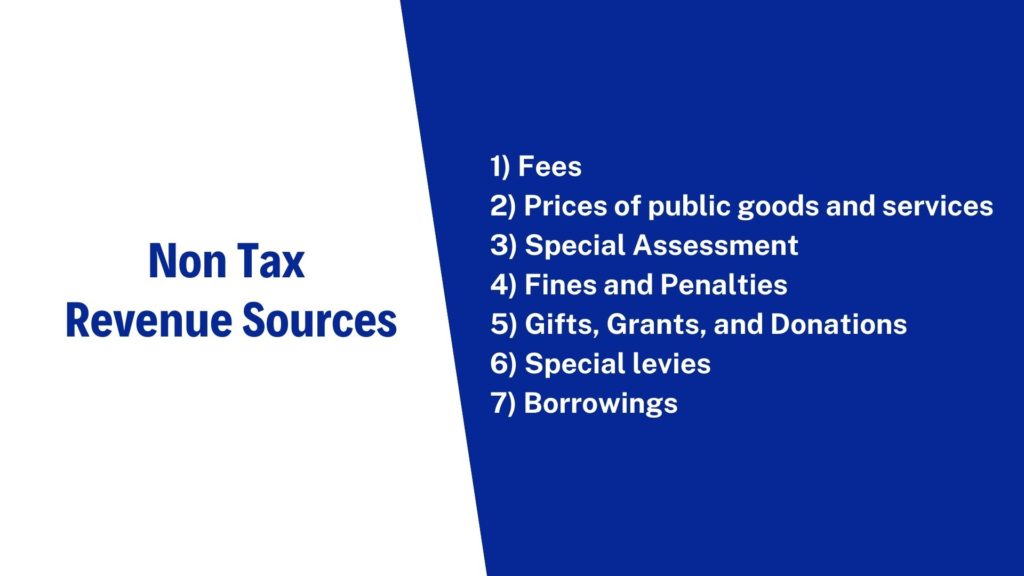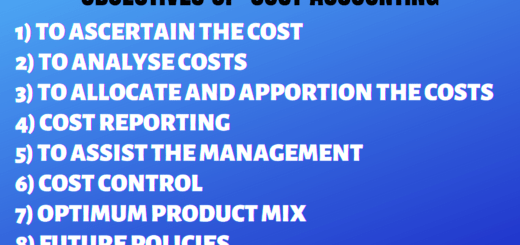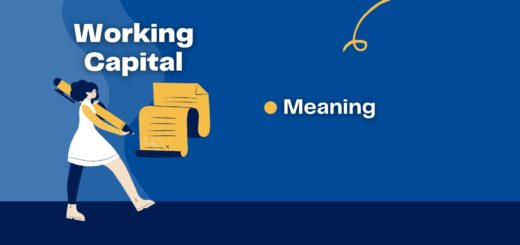7 Major Non Tax Revenue Sources | Free Economic Blogs
Table of Contents
Non Tax Revenue Sources

Non Tax Revenue Sources
Meaning:
Public revenue received by the government administration, public enterprises, gifts, and grants, etc. are called as non-tax revenue. These sources are different than the taxes. Brief information about these sources are as follows
1) Fees
A tax is paid compulsorily without any return service whereas, a fees is paid in return for certain specific services rendered by the government. For example- education fees, registration fees, etc.
- Microeconomic Definition | Historical Review of Microeconomics
- Scope Or Nature of Microeconomics
- Features of Microeconomics
- Importance of Microeconomics
2) Prices of public goods and services
Modern governments sell various types of commodities and services to the citizens. A price is a payment made by the citizens to the government for the goods and services sold to them. For example- railway fares, postal charges, etc.
3) Special Assessment
The payment made by the citizens of a particular locality in exchange for certain special facilities given to them by the authorities is known as ‘special assessment.’ For example- local bodies can levy a special tax on the residents of a particular area where extra/ special facilities of roads, energy, water supply etc. are provided.
4) Fines and Penalties
The government imposes fines and penalties on those who violate the laws of the country. The objective of the imposition of fines and penalties is not to earn income, but to discourage the citizens from violating the laws framed by the Government. For example, fines for violating traffic rules. However, the income from this source is small.
5) Gifts, Grants, and Donations
The government may also earn some income in the form of gifts by the citizens and others. The government may also receive grants from foreign governments and institutions for general and specific purposes. Foreign aid has become an important source of development finance for a developing country like India.
6) Special levies
This is levied on those commodities, the consumption of which is harmful to the health and well-being of the citizens. Like fines and penalties, the objective is not to earn income, but to discourage the consumption of harmful commodities by the citizens. For example- duties levied on wine, opium, and other intoxicants.
7) Borrowings
The government can borrow from the people in the form of deposits, bonds, etc. It also gets loans from foreign governments and organizations such as IMF, World Bank, etc. Loans are becoming more and more popular source of revenue for governments in modern times.


